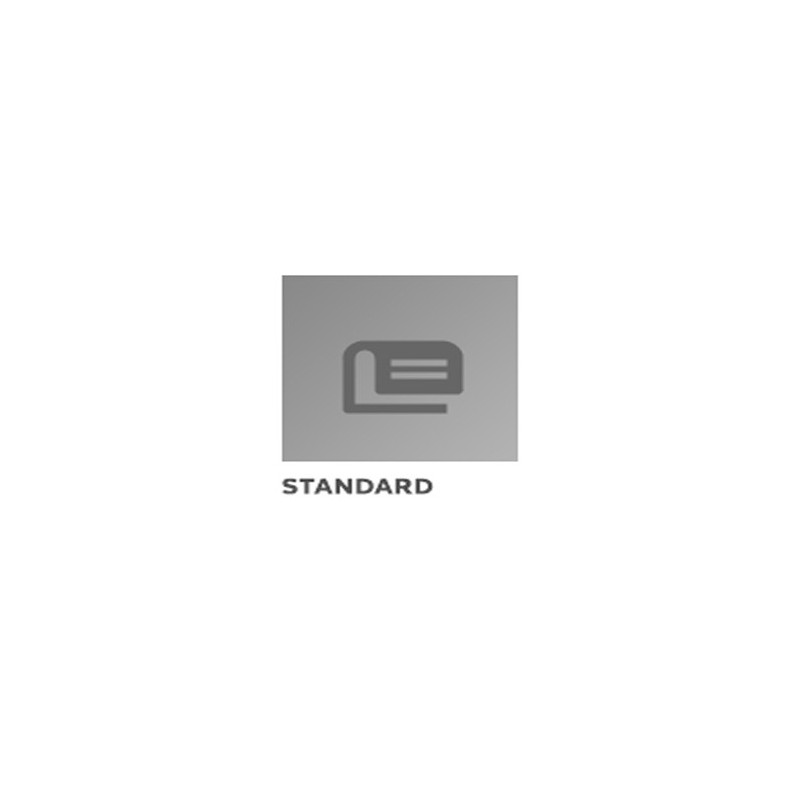Description / Abstract:
The Model Description Documentation Recommended Practice for
Ground Vehicle System and Subsystem Simulation defines the
recommended information content to be included for documenting
dynamical models used for simulation of ground vehicle systems. It
describes the information that should be compiled to describe a
model for the following user applications or use cases: (1)
exchange, promotion, and selection; (2) creation requests; (3)
development process management; (4) compatibility evaluation, (5)
testing-in-the-loop simulations with hardware and/or software; (6)
simulation applications; and (7) development and maintenance. For
each use case, a Model Description Documentation (MDD) template is
provided in the appendices to facilitate model documentation. In
addition, an example of a completed model documentation template is
provided in the appendices.
Purpose
The purpose of producing standards for documentation of models
is to:
1. Facilitate model sharing, reuse, acceptance, and marketing of
existing models for collaboration between disciplines, throughout a
company, and across the industry by providing a concise and
consistent description of the features and capabilities of a model
to reduce model development time, cost, and duplication of
efforts.
2. Provide understanding of the methods, assumptions,
limitations, and approximations used to mathematically describe a
dynamical system in terms of physical phenomena or behavior and
capabilities of a model to prevent or reduce model misuse.
3. Enable models to be judged for usability, reuse, and
compatibility with other models or for other engineering analysis
applications.
4. Standardize methods for communicating, understanding,
requesting, or specifying the performance, capabilities,
applicability, and requirements of a model.
5. Facilitate storage of technical information required for work
continuity and incremental development (or continuous improvement)
between different model developers to simplify the maintenance of
models for modifications and updates.
6. Support modeling process quality, management, and standards
such as ISO 26262, if using a Model-Based Design/Development
process as part of a product development process.
7. Promote the development of more well-thought-out,
appropriate, and better quality models.


